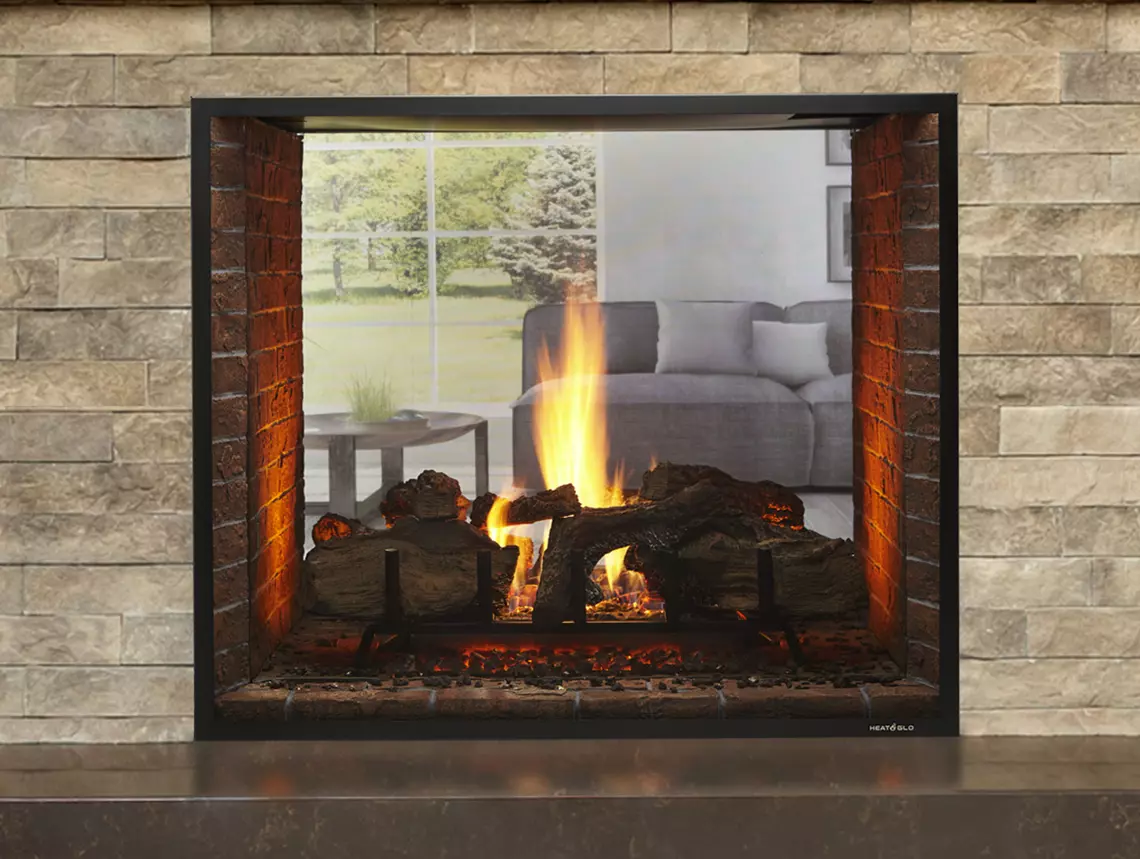January 10 is National Cut Your Energy Costs Day
In case you didn’t know, January 10 is National Cut Your Energy Costs Day. It’s a subtle but important reminder that we should all take a few minutes to think about ways to make our homes more energy efficient. The truth is – with a few simple improvements you can save serious money on utility bills. At the same time, your house will be more comfortable and you’ll be helping to preserve resources and the environment. It’s a win-win-win deal.
We’ve made it easy for you. Here’s a Top 10 List of things to make your house more efficient:
1. Get a Programmable Thermostat
Why heat an empty house when you’re not there? A programmable thermostat is an inexpensive improvement that’s worth its weight (and more) in gold. You can select and set daytime and nighttime temperatures for every day of the week.

Furnaces push large amounts of heat through the duct system to heat all areas of the home. Zone heating is simple – turn down the central thermostat and heat the areas where you spend the most time with your efficient gas-, wood-, or pellet-burning stove or fireplace. It can reduce heating bills by as much as 20-40 percent, according to the Hearth, Patio and Barbecue Association.

The U.S. Department of Energy says that open masonry wood-burning fireplaces can exhaust as much as 300 cubic feet of heated room air outside your home every minute the burn, while drawing cold air in through the windows and doors. It’s warm near the fireplace, but heated air is being sent straight up the chimney and outside your home. Transform it into a highly efficient heat producer with a fireplace insert.
4. Change that Furnace Filter
Changing your furnace filter once a month during the winter is the best thing you can do to ensure your furnace operates properly. Dirty filters make furnaces to work very hard, increasing energy costs and potentially causing blower malfunctions.
5. Use Energy Efficient Appliances
You can save money over time by switching to low energy consuming appliances when it’s time for replacement. In 2010 alone, ENERGY STAR rated appliances saved Americans close to $18M in energy costs.
6. Insulate, Caulk and Weather-strip
The U.S. Department of Energy estimates that 40 percent of a home’s energy is lost due to air infiltration from the outdoors. Air seeps in through ceilings, walls, and also from areas exposed to external elements like windows and doors. You can greatly reduce this by adding insulation, and weather-stripping and caulking around windows and doors.
7. Use CFLs
Change from incandescent light bulbs to compact florescent light bulbs (CFLs). The initial cost is higher, but they last 10 times longer and use 75 percent less energy.

The average U.S. household uses 400 gallons of water per day, and 70 percent occurs indoors. Water costs money. Reduce usage by turning the water off while you brush your teeth and do dishes. Shortening showers by just a few minutes can save up to 150 gallons per month. Also, reducing your water heater temperature to 120°F save money and make it last longer.

Make sure the dishwasher is full before you run a load. Doing partial loads wastes energy and water.
10. Plug into Power Strips and use Sleep Mode
TVs, computers and other home electronics are still using energy when they’re not in use, but plugged in. Buy a power strip and plug everything into it. This makes it easy to turn everything off and on. Also, it takes power to run computer screen savers, so set your screens to “sleep mode and let them go black.

The bottom line? You can significantly reduce your energy bills by doing these things – or even half of these things. So what are you waiting for?
via Heatilator Previous Next


